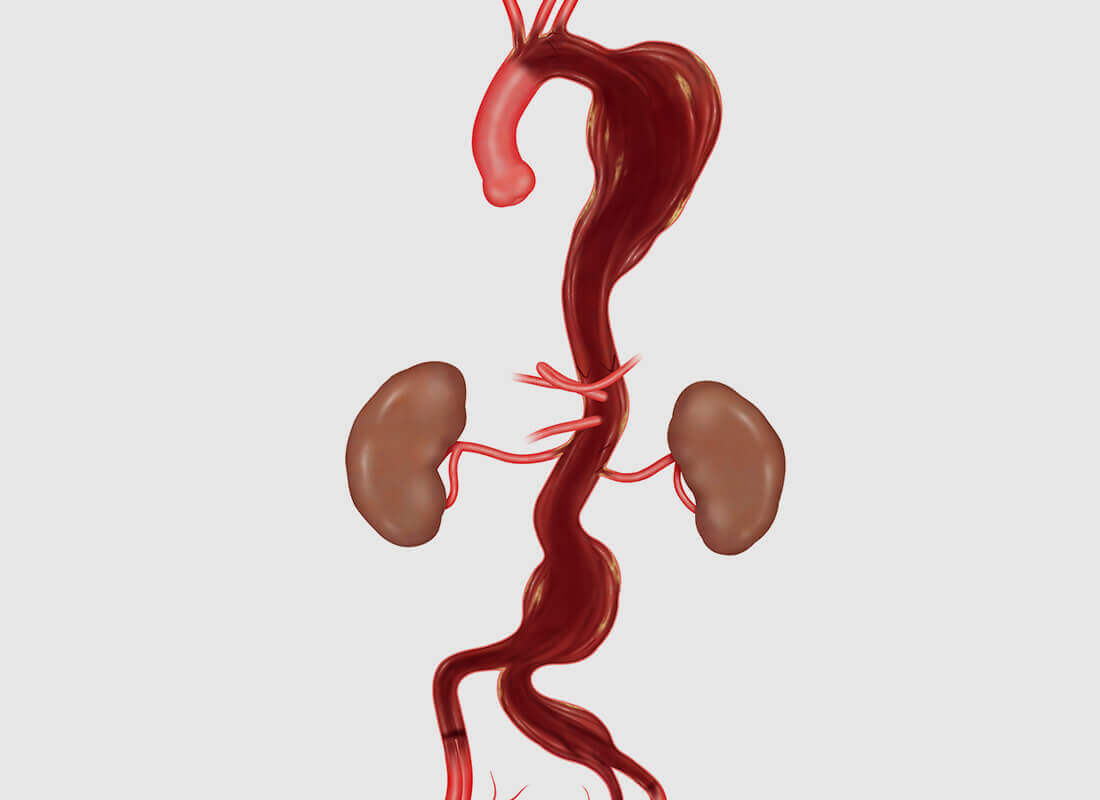Causes and risks of aortic aneurysms

Over time, vascular disease, injury, or a hereditary defect in the
tissue within the artery wall can cause a weakening of the aorta.
Blood pressure against the weakened area can cause the aorta
to stretch and grow thinner. Eventually, the aneurysm can burst,
causing life-threatening internal bleeding.
Risk factors for developing an aortic aneurysm include
the following:
- Smoking
- Family history of aortic aneurysms
- Male gender
- Heart disease
- High blood pressure